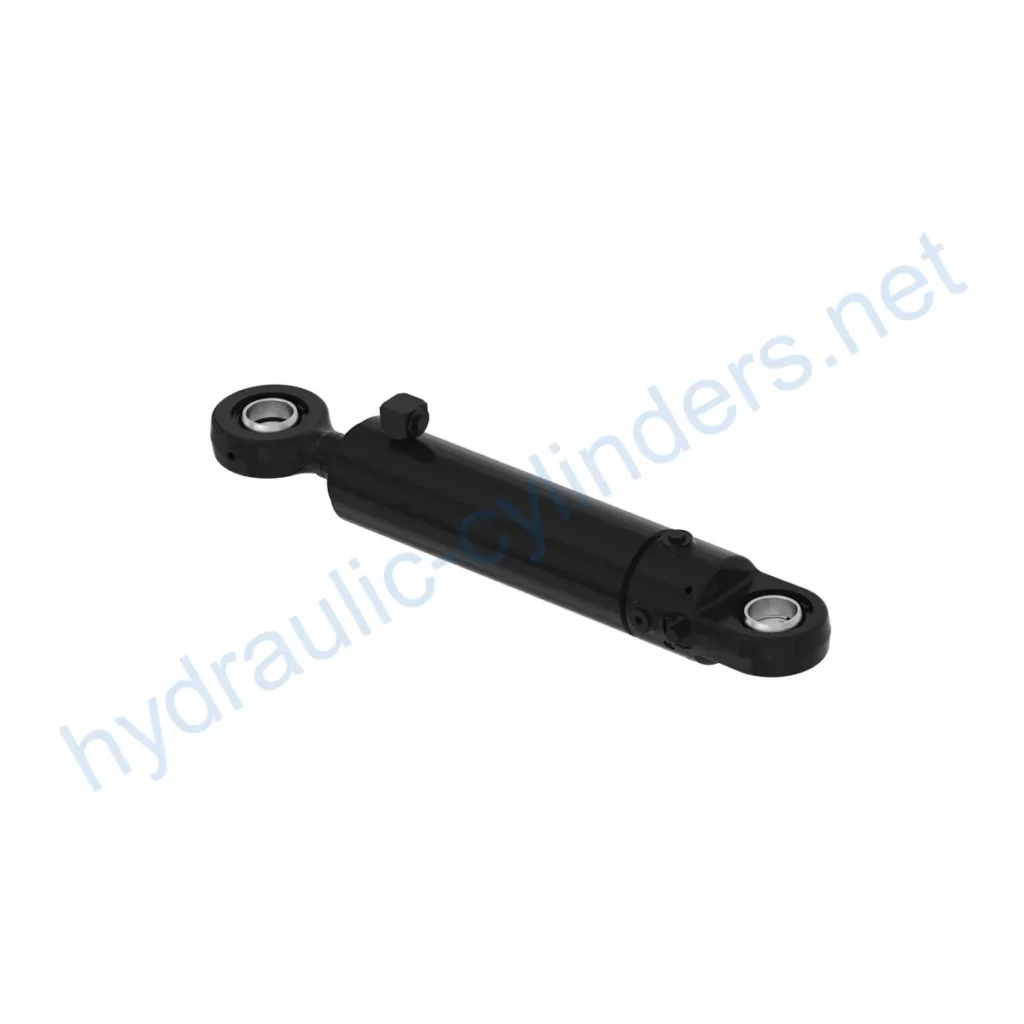Replacement Of AHC21667 Hydraulic Cylinder
The Replacement Of AHC21667 Hydraulic Cylinder is a crucial component used in various industrial applications. It plays a vital role in hydraulic systems, providing the necessary force for movement and operation. This hydraulic cylinder is designed to withstand heavy loads and ensure smooth and efficient performance.
Specifications
- Weight: 55.575 lb
- Height: 6.8 in
- Length: 29 in
Compatible Models
- 333 P
- 333G
- 335 P
Features
- Improved Equipment Performance: Replacing damaged or worn hydraulic cylinders can restore the normal operation capabilities of equipment, ensuring optimal performance in various applications.
- Enhanced Safety: Regularly replacing hydraulic cylinders reduces safety hazards associated with cylinder failures, ensuring the safety of operators and equipment.
- Overload Protection: New cylinder designs often incorporate better overload protection mechanisms, improving overall safety.
- Quick Installation: Modern hydraulic cylinders are designed for easy installation and replacement, minimizing downtime.
- Standardized Components: Many hydraulic cylinders are standardized products, making it easier to obtain replacement parts in the market.
Our company specializes in manufacturing high-quality replacement hydraulic cylinders that perfectly substitute the ones mentioned above. We provide reliable and durable products to meet the diverse needs of our customers.
Applications
The Replacement Of AHC21667 Hydraulic Cylinder finds its application in various industries. Here are three examples:
- Excavators: Hydraulic cylinders in excavator arms or buckets may get damaged or worn out due to continuous use or overloading. Replacing them is essential to restore proper operation.
- Cranes: Hydraulic cylinders in crane booms are subjected to frequent lifting and lowering, leading to wear and tear. Regular replacement is necessary to ensure safety.
- Tractors: Front-end loader hydraulic cylinders in tractors may experience leaks or decreased performance during constant lifting and tilting operations, requiring replacement.
These are just a few examples, but the Replacement Of AHC21667 Hydraulic Cylinder has a wide range of applications in various industries such as harvesting machines, automated production lines, mining equipment, bulldozers, and more.
Maintenance Tasks
Regular maintenance is crucial for the longevity and optimal performance of hydraulic cylinders. Here are three common maintenance tasks:
- Regular Inspection: Periodically inspecting the hydraulic cylinder ensures early detection of any issues and allows for timely repairs or replacements.
- Proper Lubrication: Adequate lubrication is essential for smooth cylinder operation. Using the right lubricants and lubrication techniques improves performance and extends the lifespan of the cylinder.
- Seal Replacement and Calibration Check: Over time, seals may wear out and require replacement. Additionally, checking and calibrating the cylinder’s alignment ensures optimal performance.
Proper installation, lubrication, and adjustment are key to maximizing the lifespan of hydraulic cylinders. Providing guidance on aligning the cylinder correctly during installation and suggesting the use of suitable mounting brackets to secure the cylinder are important recommendations. We offer inspection, repair, and replacement services, ensuring the longevity of your hydraulic cylinder.
Safety Considerations and Environmental Factors
When using the Replacement Of AHC21667 Hydraulic Cylinder, safety measures are of utmost importance. Implementing proper safety protocols while operating hydraulic cylinders minimizes the risk of accidents and injuries. Additionally, considering environmental factors such as avoiding oil leaks and proper disposal of used hydraulic fluids is crucial for maintaining a safe and eco-friendly work environment.
Troubleshooting and Common Issues
It’s essential to be aware of potential problems and troubleshoot them effectively. Here are some common issues related to hydraulic cylinders:
- Leakage: Hydraulic cylinders may experience fluid leakage due to seal wear or damage. Inspecting and replacing seals can resolve this issue.
- Slow or Inconsistent Cylinder Movement: This problem can occur due to insufficient hydraulic fluid levels, blockages in the hydraulic system, or cylinder misalignment. Checking fluid levels, removing obstructions, and aligning the cylinder correctly can help resolve the issue.
- Noise or Vibration: Excessive noise or vibration during cylinder operation can indicate issues with mounting, alignment, or internal components. Proper inspection and adjustment can address these problems.
For troubleshooting and resolving other hydraulic cylinder issues, refer to the manufacturer’s guidelines or consult a professional. Implementing preventive measures, such as regular inspections and maintenance, can significantly reduce potential problems and ensure optimal cylinder performance.
Design Considerations and Selection Criteria
When considering the design and selection of hydraulic cylinders, several factors need to be taken into account:
- Load-Bearing Capacity: The hydraulic cylinder should be capable of withstanding the intended load without failure.
- Sealing and Durability: High-quality seals and durable materials are essential to ensure proper sealing and long-lasting performance.
- Safety: The design should incorporate safety features to prevent accidents and ensure operator protection.
- Maintenance and Repair: Easy access to internal components and straightforward repair procedures contribute to efficient maintenance and repair processes.
By considering these factors, you can select a hydraulic cylinder that best suits your specific application requirements.
Sealing and Lubrication
The Replacement Of AHC21667 Hydraulic Cylinder utilizes various sealing elements, such as piston seals and rod seals, made from wear-resistant materials like polyurethane and nitrile rubber. The cylinder body and threaded ends undergo meticulous surface treatments to enhance wear resistance. Regular lubrication with the appropriate hydraulic oil is necessary to ensure smooth operation and prevent premature wear.
Regular Inspection and Preventive Maintenance
Regular inspection and preventive maintenance are vital for the optimal performance and longevity of hydraulic cylinders. Here are a few measures to consider:
- Proper installation, lubrication, and adjustment
- Providing guidance on aligning the cylinder correctly during installation
- Recommendations for using suitable mounting brackets to secure the cylinder
- Suggested inspection, repair, and replacement procedures
- Tips for increasing the lifespan of hydraulic cylinders
Installation Guide
Proper installation is crucial for the effective functioning of the Replacement Of A

